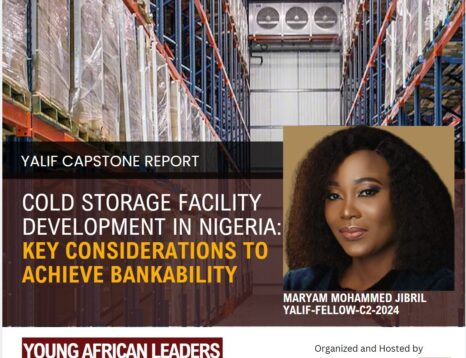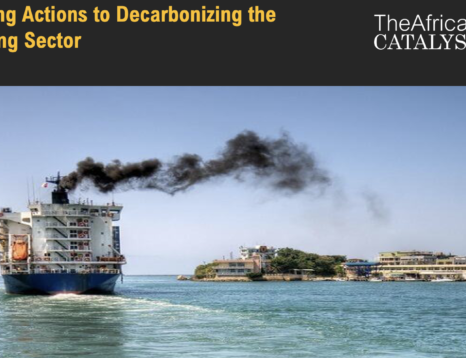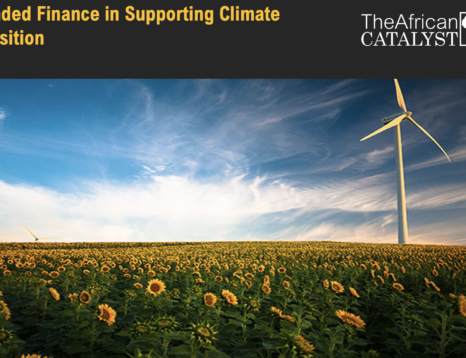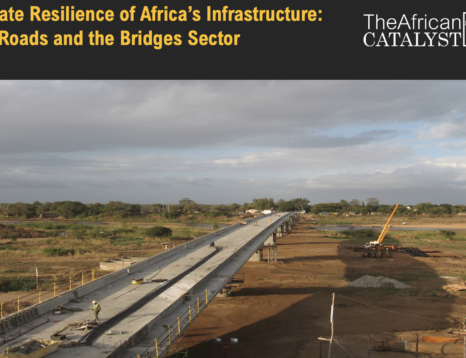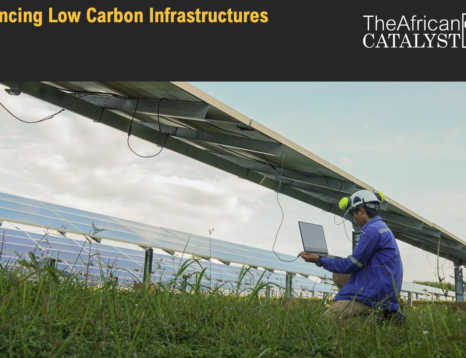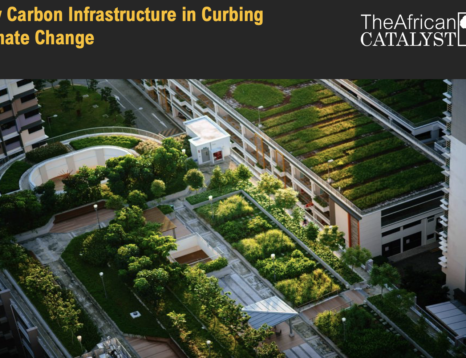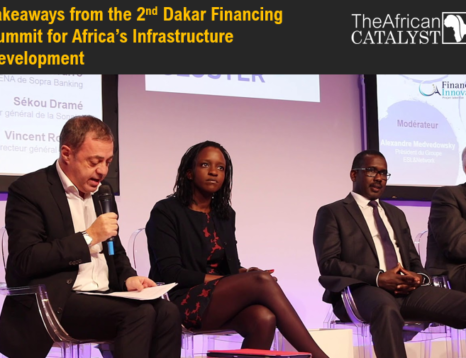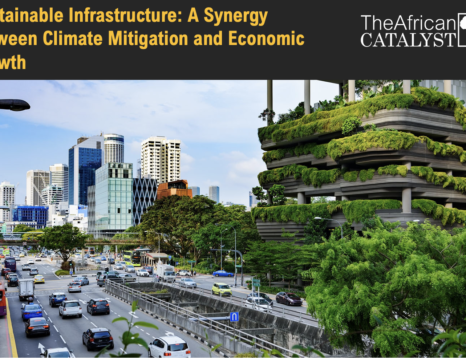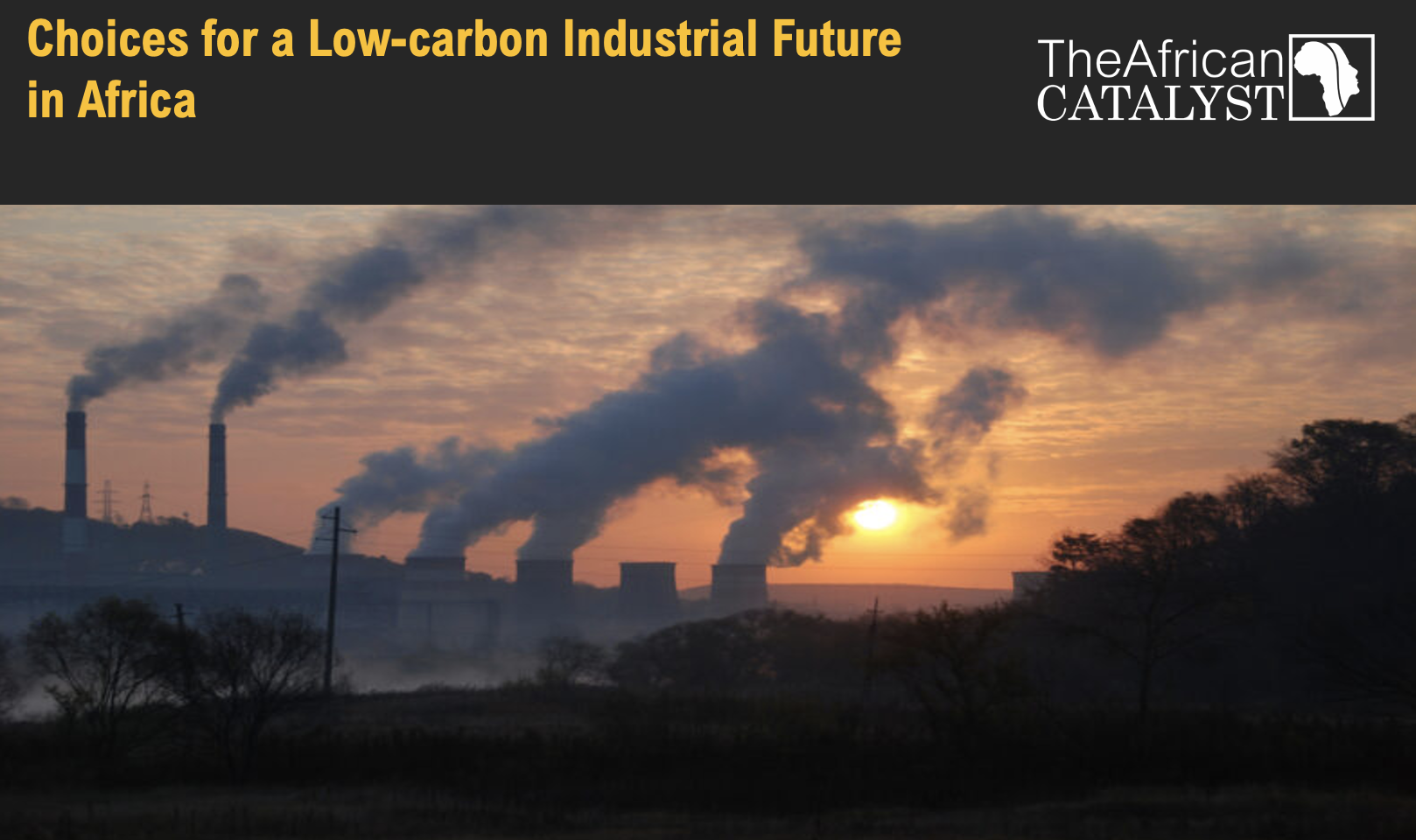
Need for Low-Carbon Transition
According to McKinsey, Africa is at a crossroads. As one of the most vulnerable continents to climate change and climate variability, it has a strong incentive to join global efforts to reduce greenhouse gas (GHG) emissions and bolster its adaptive capacity.
At the same time, African governments are committed to industrializing their economies in order to meet the basic needs of growing populations and create jobs and wealth. If the continent is to achieve both, it cannot afford to follow the same route to economic prosperity that developed nations have pursued.
In finding a new path that respects planetary limits while also delivering on economic imperatives, Africa can turn the fact that its manufacturing sector is still relatively small—contributing just 3 percent to global manufacturing GHG emissions and 2 percent to global manufacturing value add (MVA)—to its advantage.
Because half of the continent’s potential 2050 GHG-emitting industries have not yet been built, Africa has an opportunity to leapfrog more developed nations and build a low-carbon manufacturing sector from the ground up. It could therefore avoid future costs by sidestepping the expensive transition from fossil fuels to renewables that the developed world is having to navigate while creating a competitive and more resilient economy that does not rely on resources that will become increasingly more costly.
This article by the African Catalyst reviews McKinsey’s publication on choices for a low-carbon industrial future, highlighting key facts and insights.
Africa’s Green Manufacturing Crossroads: Choices for a Low-carbon Industrial Future
In Africa, the decarbonization of the manufacturing sector and economic growth and industrialization can go hand in hand; the choices the continent makes now will be critical for its future success and prosperity.
According to the publication, countries, globally, are setting out plans to reduce their GHG emissions by the middle of the century in order to limit a rise in global average temperatures that scientists warn will bring ever-more extreme weather events and a catastrophic rise in sea levels, fueling hunger and migration. In furtherance, experts have identified the transitioning to a green manufacturing sector as a viable solution.
Economic development that destroys the environment is no longer a viable option. As latecomers to industrialization, African countries have the opportunity to develop environmentally sound manufacturing sectors by leapfrogging historic greenhouse gas emitting technologies and adopting green industrial policies.
However, the transition to a green manufacturing sector will be challenging. Africa already faces difficulties in attracting investments—the African Development Bank estimates a $70 billion per annum financing gap for African infrastructure. This financing challenge will be exacerbated by the capital needs of green manufacturing and by the fact that some high-emitting industrial assets could become stranded, causing further profitability and capital availability challenges.
The African Catalyst in partnership with Brickstone is co-hosting the Enabling Infrastructure Forum scheduled to hold in June 2023 in Lagos, Nigeria. The forum will discuss closely with the Government for policy evolution and on-the-ground implementation which attempts to influence key stakeholders in the areas of – Early Stage Development and Financing of Low Carbon Infrastructure.
The forum will assemble key leaders in Africa's infrastructure delivery to discuss infrastructure challenges and opportunities; and how innovations in project delivery and readiness, deal structuring, and sustainability solutions can help to solve critical issues for Low Carbon Infrastructure
Click the link to get more information and save the date.
In addition, the continent will need to tackle capability and talent gaps, and address the issue that newly created jobs will often be in different regions or countries than jobs that are phased out. Identifying approaches that allow for a “just transition” will be of utmost importance.
To help inform the planning efforts of policy makers and business leaders at this critical juncture, the report sought to analyze and understand the continent’s manufacturing-emissions trajectory by exploring various abatement approaches for the long term. McKinsey's analysis also examines the potential costs and likely benefits and opportunities across the value chain and offers five areas for possible action to help the continent reach net zero by 2050—an international benchmark inscribed in the Paris Climate Agreement of 2015 to limit warming to 1.5°C.
Globally, manufacturing and the power it consumes is the single largest contributor to GHG emissions and, as such, has a significant role in achieving the 1.5°C pathway.9 And while Africa’s contribution to these emissions is currently small, this will inevitably rise as the continent industrializes and if no steps are taken to mitigate the effects.
African manufacturing currently emits about 440 megatons of carbon dioxide equivalent (MtCO2e)—about 30 to 40 percent of total African emissions. If Africa’s manufacturing sector follows the growth trajectory of developed markets over the past 20 to 30 years, it will likely double in size, and without any decarbonization efforts its emissions could nearly double as well to about 830 MtCO2e by 2050.
This would not only set the world back on its overall emissions reduction targets but could put the continent at an economic disadvantage. As the rest of the world seeks to pull ahead in the race to net zero, Africa’s manufacturing sector could become uncompetitive and find itself unable to export globally.
Many countries outside Africa have committed to ambitious abatement goals and are starting to pass laws and implement taxes on GHG emissions of imported goods. This could leave the continent even more dependent on international development support.
Read more here.




